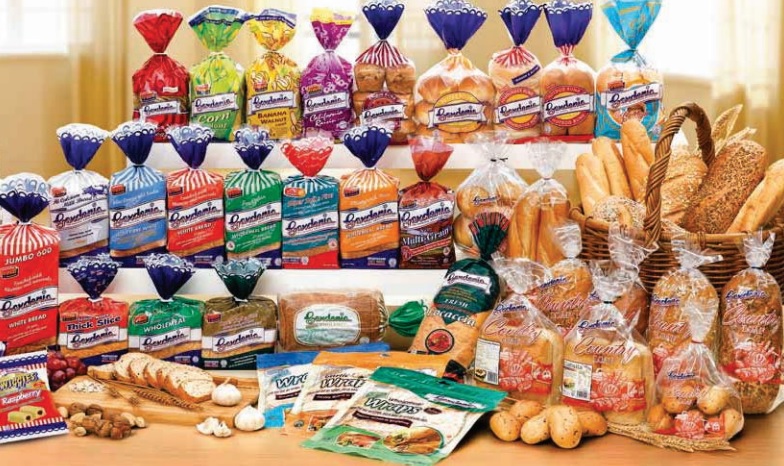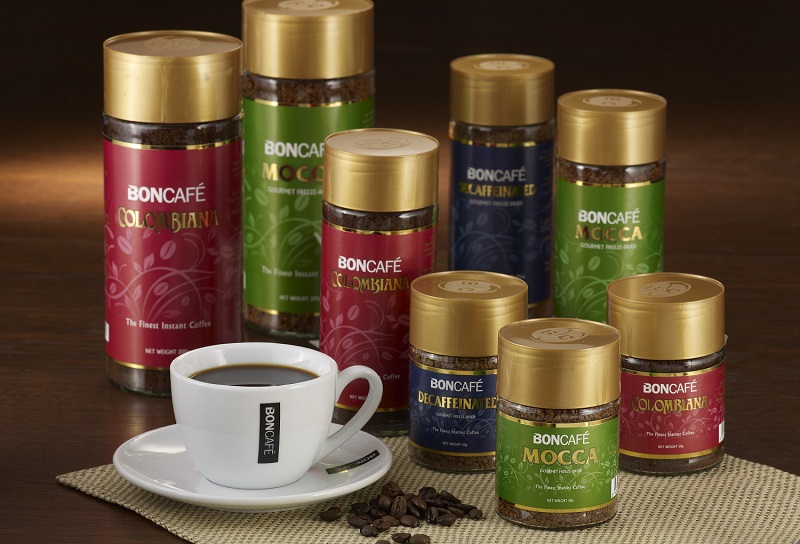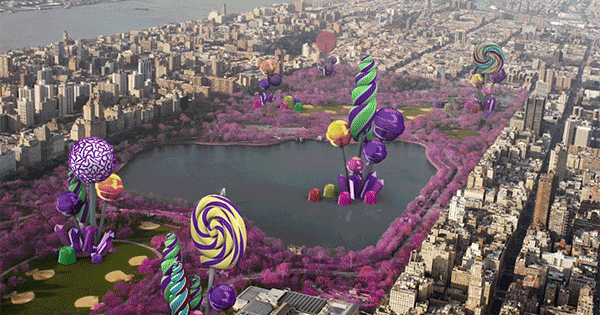It’s no secret that Singapore has great food. Our tiny nation is a pitstop at the end of the Malay Peninsula where all the good food from the region meet.
Given our diversity (and the copious amounts our people can eat), it’s no surprise that multinational corporations (MNCs) are flocking to our shores to explore the market and our bellies.
And if they can figure out what tickles our picky “must have wok hei spicy but with depth and with layers of fragrance machiam like kueh lapis” tastebuds, they’ll probably succeed anywhere else.
Your mama always told you not to play with food. But these six times Singapore toyed with food, your mama will approve. For sure.
1. When Cadbury Choclairs were reinvented here.
If you didn’t realise, the chocolate treats you are used to seeing at holidays used to look like these:
But now, they look like this:
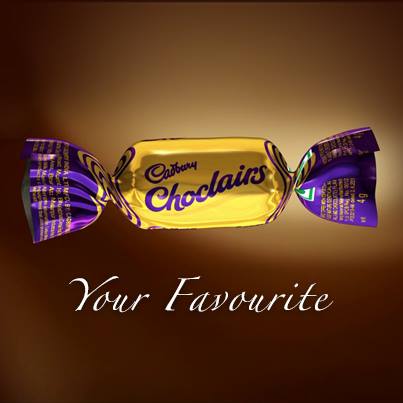 Source: Cadbury Choclairs Facebook page
Source: Cadbury Choclairs Facebook page
Recognise these? Yes, (one of) your favourite.
That’s right, the iconic eclairs were renamed Choclairs a few years back to distinguish them from other competitors.
But Singapore’s call to fame? The reinvention took place right here in Singapore.
In fact, the Choclairs were so successful that they were introduced into markets in India, Mexico and China.
Instead of leaving chocolate marks on the couch, we leave our chocolate-y stain on the international arena. For everyone to see.
2. When we created a MILO to call our very own.
Unless you are living under a rock, you should already have heard that our de-facto national drink, MILO, tastes different from MILO in Australia (where it was invented, by the way).
Why? Because our MILO is manufactured here -- alongside other Nestlé products -- in Nestlé’s factory in Jurong, all proudly labelled “Made in Singapore”.
Incidentally, the Nestlé Jurong Factory is also the world’s largest producer of malt extract. The factory has been producing MILO powder for Singapore as well as many countries all over the world since 1984!
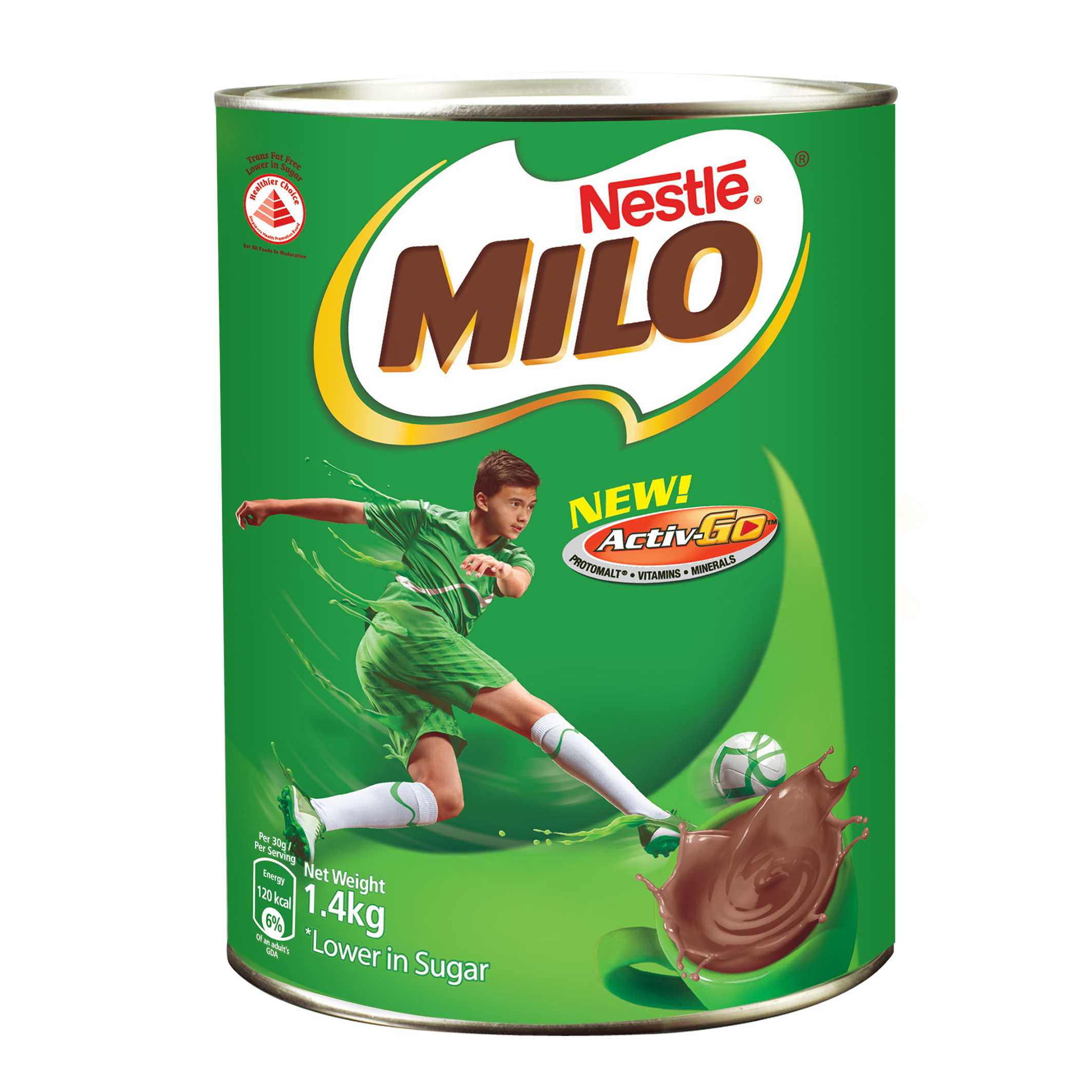 Source: Nestlé
Source: Nestlé
The taste of MILO differs across the world because every country has a MILO formula created to cater to the nation’s tastebuds. And Singapore MILO has more than satisfied our tastebuds spoiled by our diverse food culture -- we’ve owned our MILO recipe.
From good ol’ hot MILO to MILO peng and subsequently MILO Dinosaur and MILO Godzilla, Singaporeans’ love affair with the chocolate and malt powder is as real as it gets.
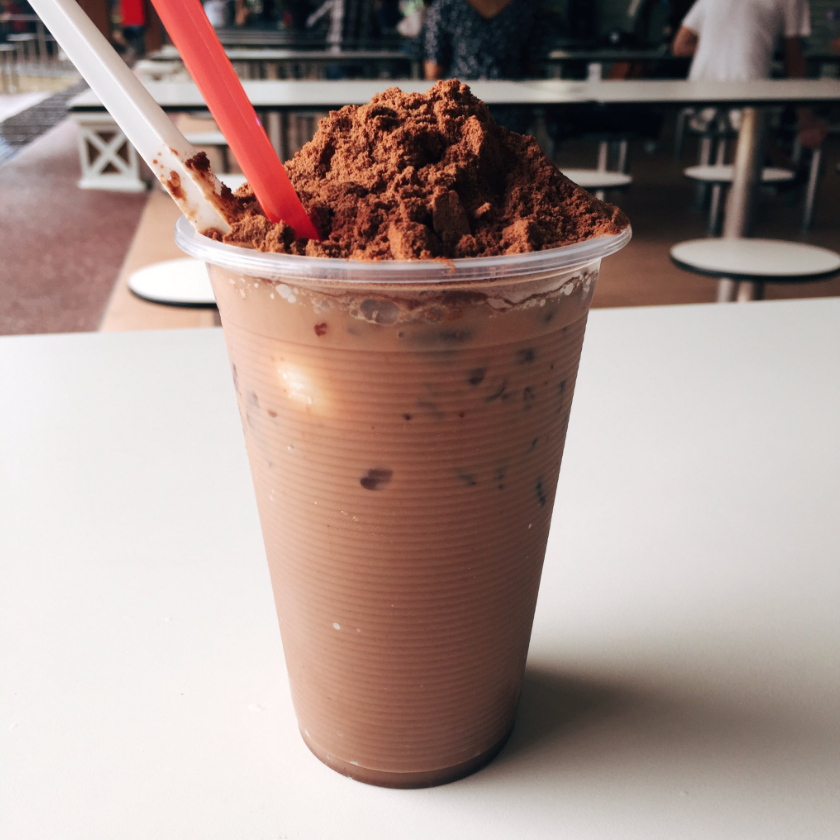 Source: Xavier Lur via Twitter
Source: Xavier Lur via Twitter
And Singaporeans sure are proud of the Singapore MILO recipe.
3. When we innovated so that others may benefit.
Singapore may be a gum-free country, but that’s not stopping many MNCs from developing their sticky business here.
Part of the magic that goes on in the factories is developing yummy things for overseas markets.
American snack company Mondelez International’s Singapore team recently developed Clorets Pink Grapefruit flavor in gum and mints for the Japanese market. The new flavour, which featured a new gum bottle design, helped Clorets achieve its highest ever market share.
Now when Singapore does something, we always want to win. And win we did. Even if we don’t get to chew it.
4. When we brought our bread to the rest of the world.
It’s a common sight to see MNCs in Singapore, but the reverse is not as prominent -- MNCs from Singapore expanding to the rest of the region -- given our small size and population.
So we feel especially proud when we see local brands abroad. Case in point: Gardenia.
A household brand to all Singaporeans, the breadmaker, which started as a small bakery in Bukit Timah Plaza in 1978, now has bakeries in Philippines, Malaysia, China, Australia and India.
Bread for everyone!
Gardenia’s parent company, Singaporean firm QAF, is also the largest producer of pork meat in Australia.
Talk about local pride. Next time you see Gardenia in Singapore or overseas, remember to #supportlocal.
5. When our local brands attracted global attention
Surely you’ve seen Boncafe coffee in the supermarkets.
Established here in 1962, the idea behind starting Boncafe was inspired by a lack of European style coffee in Singapore. Guess back then everyone stuck to Kopi O?
The local coffee brand today has roasting plants in both Singapore and Thailand – a reflection of its status as a leading coffee manufacturer in the region. Boncafe is also a major supplier of coffee to Southeast Asia and (surprise, surprise) the Middle East.
So successful was the brand that it was acquired by Italian company Massimo Zanetti Beverage (MZB) Group in 2014 so that the latter could strengthen its presence in Southeast Asian markets.
Talk about spreading the Singapore brand far and wide. Nice.
6. When we became our own candy factory
If you live in the West (and we mean somewhere around the western parts of Jurong), you might have noticed that on several nights a week, the tantalising smell of chocolate wafts through the air, wreaking havoc in the minds of children and hungry students who are up studying.
Don’t worry, you aren’t hallucinating.
Hidden from sight and scattered around our island are chocolate and candy factories that aren’t exactly Willy Wonka’s Chocolate Factory, but are close enough.
Mondelez, which has a technical centre and a factory in Tuas, has plans to further invest $10 million to build a research and development (R&D) centre in Jurong.
Many of these MNCs choose to develop their facilities in Singapore because of the vibrant innovation landscape and support from agencies such as A*STAR and EDB.
It helps that our gahmen is strict with the rod too -- because stringent food hygiene standards have made Singapore-made products even more appealing to foodies everywhere.
At the rate these MNCs are coming in with their sweet treats, it’s really going to be a candy playground out there.
So who says MNCs only bring jobs? They also bring in sweet treats and new recipes to rejuvenate our souls. And also to satisfy our sweet tooth. Which is pretty massive, btw.
This is the second in a series of posts about #SGMNCs and their contributions to our little red dot, and fuels Mothership.sg so we can ourselves dream of becoming one.
Other articles in the series:
Doing business: Lessons from Singapore’s first MNC
5 life-saving inventions that were developed in the country you least expected - S’pore
Top image from Getty Images.
If you like what you read, follow us on Facebook and Twitter to get the latest updates.
If you like what you read, follow us on Facebook, Instagram, Twitter and Telegram to get the latest updates.



